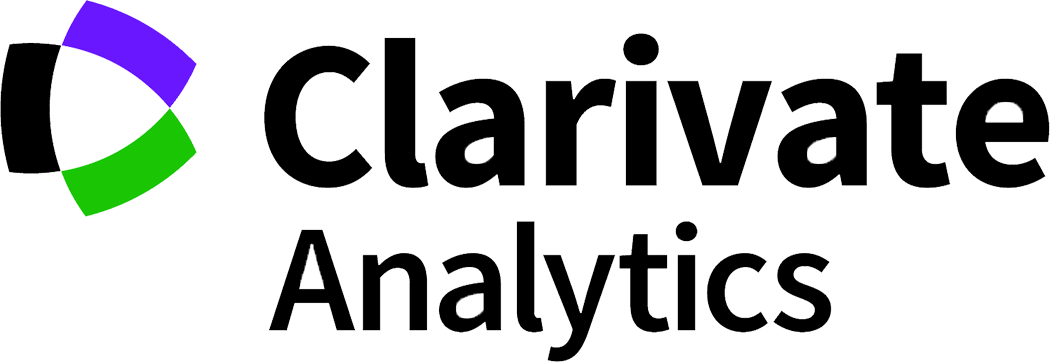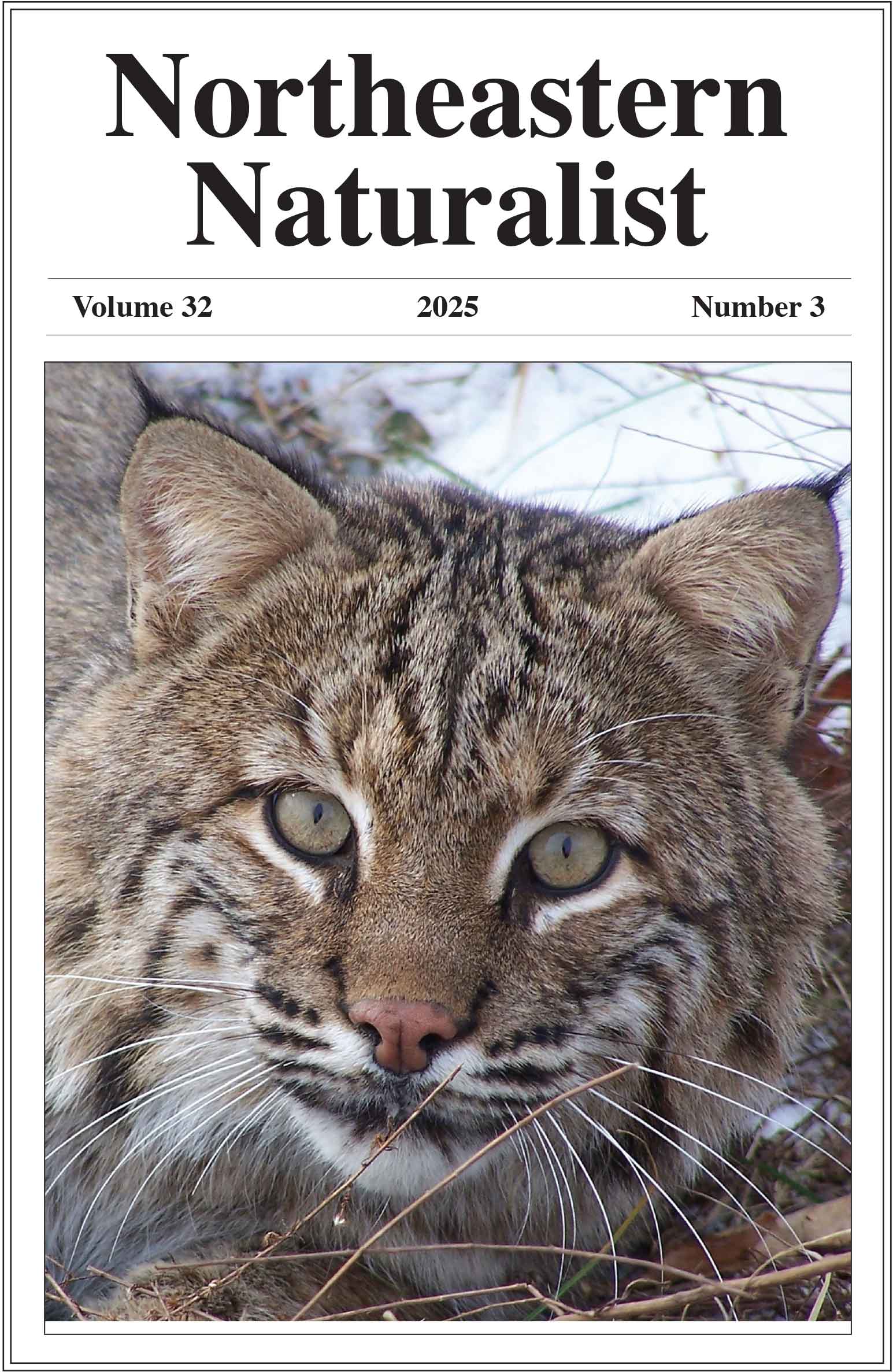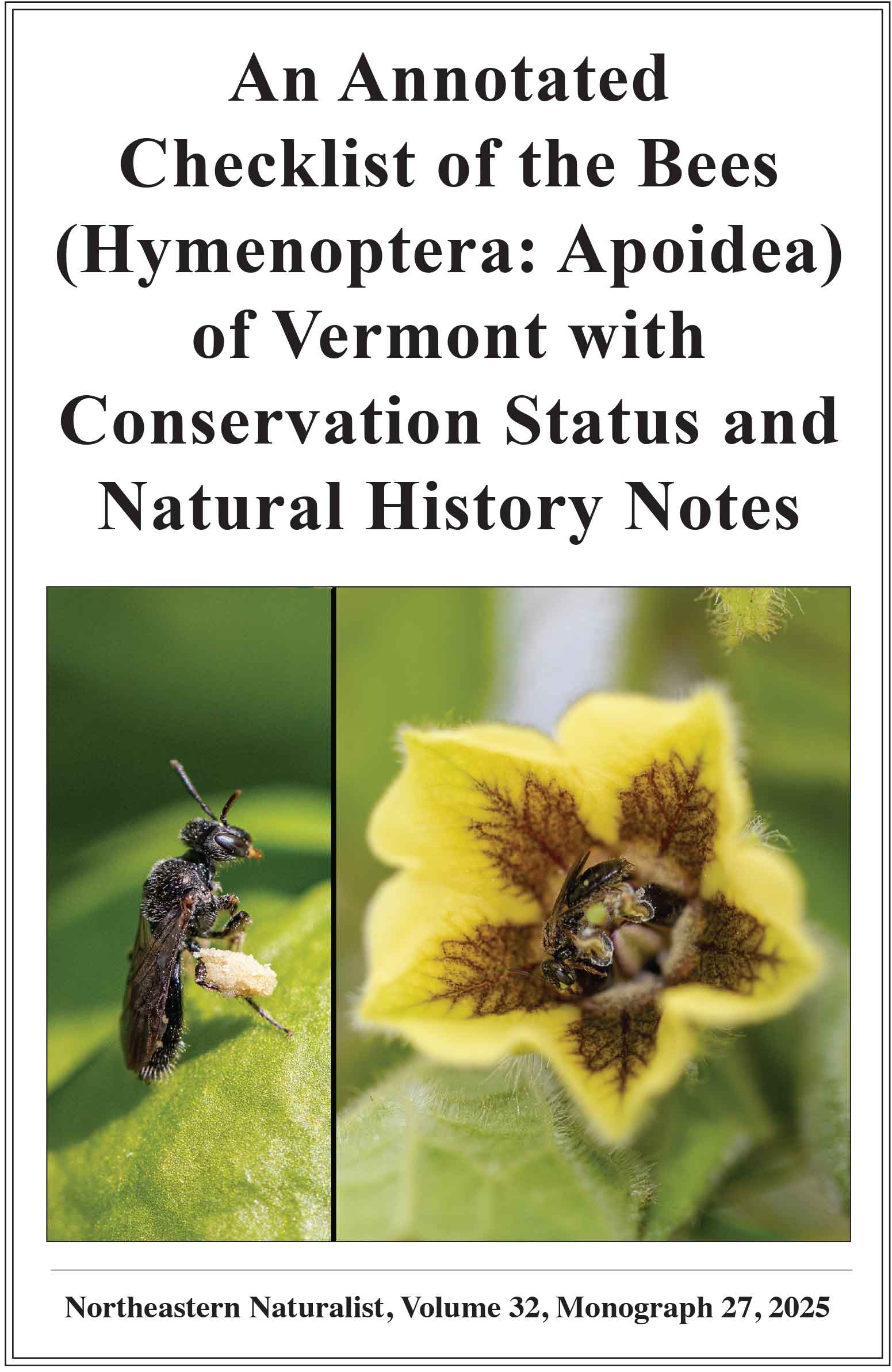Low Prevalence of Batrachochytrium dendrobatidis Among 14 Amphibian Species at a Protected Site in the Northeastern United States
Amanda L.J. Duffus1,*, Daniel F. Hughes2,*, Andrea R. Kautz3, Steven J.R. Allain4, and Walter E. Meshaka Jr.5
1Health of Herpetological Communities Research Group, Department of STEM, Gordon State College, Barnesville, GA 30204. 2Department of Biology, Coe College, Cedar Rapids, IA, 52402. 3Carnegie Museum of Natural History, Powdermill Nature Reserve, Rector, PA 15677. 4Writtle School of Agriculture, Animal and Environmental Sciences, Anglia Ruskin University, Lordship Road, Writtle CM1 3RR, UK. 5Section of Zoology and Botany, State Museum of Pennsylvania, Harrisburg, PA 17120. *Corresponding authors.
Northeastern Naturalist, Volume 32, Issue 2 (2025): 142–150
First published early online: 10 May 2025
Abstract
Amphibian declines are occurring rapidly and are driven by multiple factors, including emerging infectious agents, such as Batrachochytrium dendrobatidis (Bd). While Bd is globally distributed, it is also known to affect amphibians in Pennsylvania. Here, we screened 198 individuals of 14 amphibian species (5 anurans and 9 caudates) using traditional PCR methods at Powdermill Nature Reserve in western Pennsylvania in the spring and early summer of 2020. Of 52 individual frogs sampled, only 5 were PCR positive for Bd, and all 5 were Rana (= Lithobates) clamitans melanota (Northern Green Frog). None of the 146 individual salamanders sampled tested PCR positive for the presence of Bd DNA. We note that the negative results may reflect an underestimation of the true prevalence of Bd at PNR because traditional PCR is not as sensitive as quantitative PCR. The generally low incidence of Bd at our site indicated that amphibians in an otherwise minimally impacted protected site are not completely immune from infection, and our results for the Northern Green Frog can serve as a baseline of general infection rates for this species in the region.
![]() Download Full-text pdf (Accessible only to subscribers. To subscribe click here.)
Download Full-text pdf (Accessible only to subscribers. To subscribe click here.)
Access Journal Content
Open access browsing of table of contents and abstract pages. Full text pdfs available for download for subscribers.
Issue-in-Progress: Vol. 32(4) ... early view
Check out NENA's latest monograph and Special Issue:













 The Northeastern Naturalist is a peer-reviewed journal that covers all aspects of natural history within northeastern North America. We welcome research articles, summary review papers, and observational notes.
The Northeastern Naturalist is a peer-reviewed journal that covers all aspects of natural history within northeastern North America. We welcome research articles, summary review papers, and observational notes.